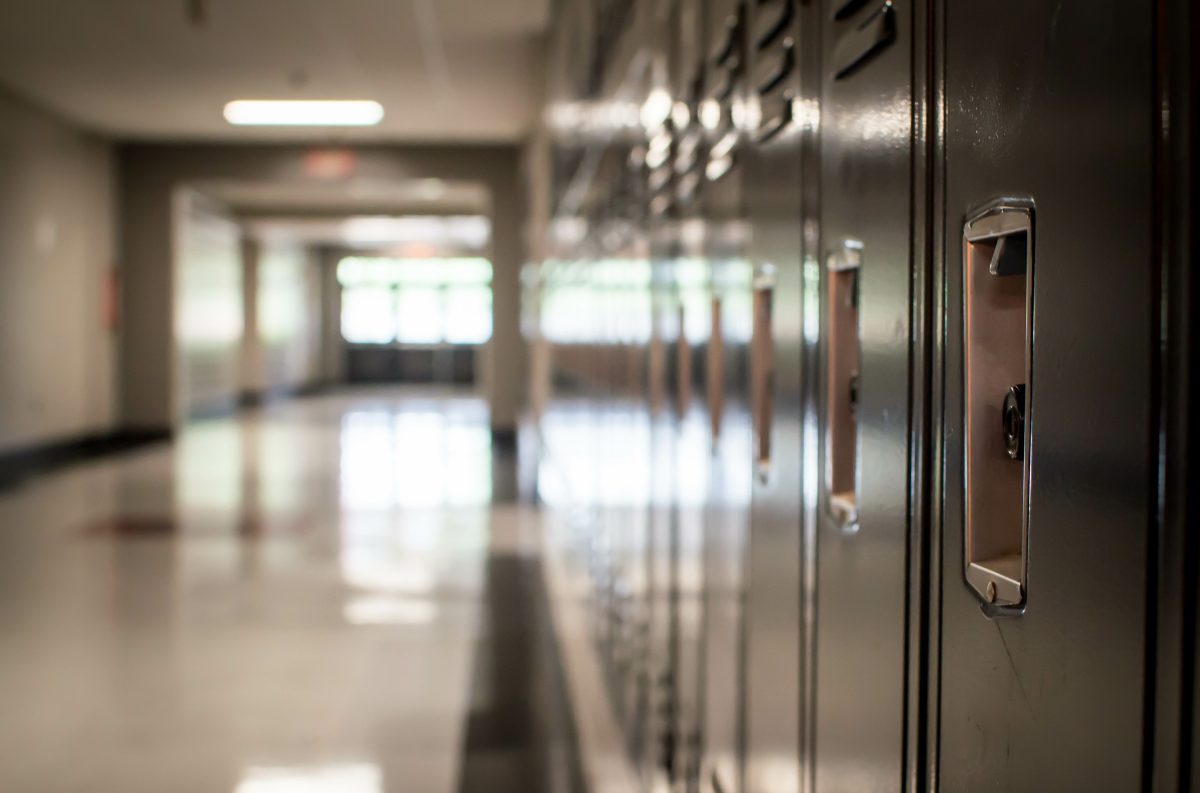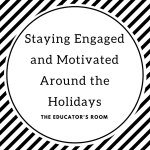During the past few weeks, our news feeds have become inundated with stories regarding the escalating Israeli-Palestinian conflict. Websites and news outlets update their information every few minutes, and social media has run amok with personal accounts of the atrocities of a civil war. As educators, it’s our job to help our students navigate these world events, both informationally and emotionally.
When world events and catastrophes take place, students need space to share their thoughts and quite often, many of them want to be heard.
And, if you’re anything like me, you’re looking for ways to make your classroom more like a community and a place where students feel safe to speak about their thoughts and feelings. This can prove to be difficult, as classes are made up of students, and these students are people who have their own ideas, experiences, and opinions. Having class meetings is a great way to develop a community within your classroom.
Whether you are an elementary, middle, or high school teacher, I’m sure you are aware that each class is a microcosm. Some have positive student leaders, others have silent and powerful leaders that can sway the confidence in the room. In order to create a class meeting that is also a safe space and community, we must understand our classes and their inner workings. Then you must figure out a way to develop the “space” into one that can bear trust.
Safe spaces through class meetings do not happen overnight. They are molded and shaped by a caring educator. They take time, effort, and most importantly, consistency.
First and foremost, to create a safe space, you must believe that your students are capable of doing this because they absolutely are.
The next few sections are pointers and tips from my own experience and that can help as you discuss difficult topics such as the Israeli-Palestinian conflict.
1. As the teacher, your job is to be the facilitator.
- Peacekeeper.
- Ultimate decision maker.
- Reporter.
- Delegator.
You must create a safe space and make it work for your students. During the first “meeting” set yourself up for success. No one talking? Model a response. Put yourself out there and show students how to act in serious and often uncomfortable situations. Ask questions that promote thinking. Ask students for their opinions. But, run the meeting from behind the scenes. I always sat right outside of the circle or the group that my students made. I gradually released control of these meetings and students took ownership and felt like they were in charge. It became something we all looked forward to.
Certain groups of students are more difficult than others. It’s our job to figure out how to make the meeting a time of respect and sharing.
The facilitator also has the important job of protecting the integrity of the space and enforcing the norms, at least until the students can adhere to them and hold each other accountable. If someone is not adhering to the norms of the group, remind them, and if it continues, speak to them separately.
2. Speaking of norms.
Have students come up with rules/norms. Students love having ownership over these activities. It makes them feel like they have a voice. So, let your students create the norms (with your guidance) and bring them out/display them every time you have a meeting. Your first “Safe Space-Time” could be setting up the norms.
Develop non-negotiables for tough conversations. Have students talk about what is acceptable and unacceptable to say during these meetings.
3. Set up a routine.
I am a fervent supporter of implementing routines in ALL areas of teaching. There is immense freedom in routine. When students know what to expect, they can speak their minds.
Whenever I held a class meeting, we started with the same thing—I called it to order and students got comfortable and ready to talk. We then had someone read the norms and agenda that I would have set up on the whiteboard.
You can have a talking piece if you’d like. I don’t think this is necessary, but if it’s something you like to do, implement it as a part of your meeting.
Here are a few points:
- These meetings can be very informal. I often had students move to wherever they wanted to in the room and “comfy up.”
- Start with the same call to action every time—”Ok guys, it’s time for safe spaces. Find your spot and let’s have someone read the norms.’
- Use sentence starters if students are having a hard time finding the words.
- Use the same language all the time.
4. Let students share their opinions/feelings.
… all of them. Even if you don’t agree with them. Your job as facilitator is to make sure they are doing it in a respectful manner.
Remember, not all students will want to share. Students might take time to warm up, and some may never actively participate in groups like this. Our goal is to create a space when (if the mood strikes) students can say what’s on their minds.
Sharing and being comfortable looks different for everyone.
5. Create boundaries.
Yes, this is a safe space, but this is not a “what happens here, stays here” situation. We must keep our students safe. Remember, as educators, we need to always be cognizant when our students talk about violence, abuse, substances, mental health, or any serious subjects for that matter. If you feel like someone is in danger, take the appropriate measures. Make your students aware of this policy and make it part of your norms.
6. Keep trying. This is a process.
The first time you introduce the idea of a “safe space” might be a complete disaster. What if no one shares? What if kids don’t take it seriously? These things will happen, no matter how prepared you are. Chalk it up to “making a good effort” and try again the next day. Or in two days. But always try again.
Remember, you are modeling behavior at all times for your students. You are going to have to tweak your ideas and change your format. Flexibility is key. Does a norm need to be changed? Do you need to put a time limit on conversations? Don’t be afraid to change things up and experiment a little. Just don’t stop.
Final Thoughts
Teaching isn’t always a one-way street. It’s about letting ideas flow and allowing our students to exchange ideas among peers. Creating a place where students feel safe to share is the first step in creating a great community within your classroom walls, especially in times when the world is in turmoil.
Watch out, because here comes a cliche: kids are the future. The students you have in your classrooms are the executives, the business owners, the nurses, the doctors, and the teachers of tomorrow. If we teach them how to share their feelings and recognize safe spaces, we are clearing the path for them to become well-rounded and self-aware members of society.
So, create a community, and allow your students to think and share freely. You’ll probably be surprised at what they’ll teach you.
Have your own tips to help student share? Want to try it out? Let me know and leave a comment!
Julie Krzesinski is a middle and high school ELA Teacher and currently lives in Chester County, Pennsylvania. She is a leader and expert in classroom management, relationship building, and virtual learning. Throughout her career, she focused on creating strong connections with both her students and colleagues and building solid learning communities within the classroom.







